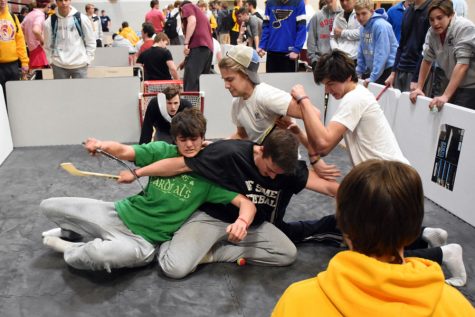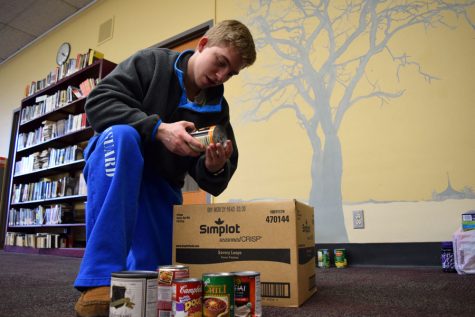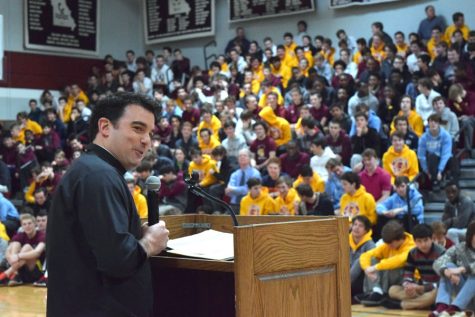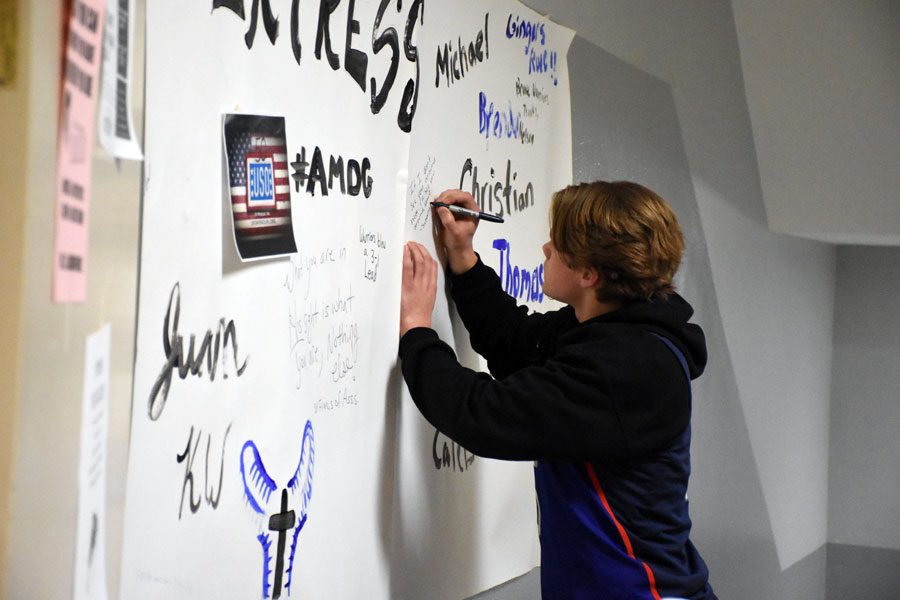Mission Week out of touch
Last Friday marked the end of Mission Week 2017. Though it was a week of fun activities and events dedicated to a good cause, many found this year’s Mission week to be underwhelming. Overall, this was caused by a dwindling buy-in from the students, which resulted in an atmosphere that lacked both school spirit and the spirit of giving.
Mission Week 2017 was locally based, focused on teaching students how to lend a helping hand to their communities in the long-term, not just in one week. STUGO managed to successfully get that message across to the students and bring a new perspective to how many see charity. In terms of involvement, there were a lot of people who found something to do during at least one of the three major days. Video game tournaments attracted students, as did shinny and the alumni vs. seniors basketball game. Events like those gave students something to look forward to during the week.
The problem was that those events were all they had to look forward to. Students had too much down time that they spent just sitting around. Unfortunately, the smaller activities of the week were not enough to get them excited, out of the classrooms and throwing money at the missions. A large chunk of the student body treated Mission Week period like a longer activity period, talking with friends and hanging out. That was not because they did not value charity.
The “get involved” spirit was completely lacking from both teachers and students. That is part of the reason why many games did not draw massive crowds.
The school has a student body of diverse interests, so that means a successful Mission Week has a variety of activities to attract them. Big competitions in the gym like the alumni vs. senior basketball game, where students could show off their talents in front of an entire gym full of people, were the kind of events that Mission Week needed to have every day. They encouraged competition and gave the students both an interest and a team to rally behind.
The school cannot just count on STUGO to come up with every idea for mission week. That is where the student buy-in comes into play. Not enough people turned to them volunteering their ideas and time. If the burger club had turned to STUGO to host an eating contest, food lovers would have been all in for Mission Week. And if the hockey club organized to have a contest for the best hoodie design for next year, design-savvy students would have had all hands on deck. Notice two things about those events: they are contests and they fill two of the many voids for student interests that were present during Mission Week.
The bottom line when planning anything for high school boys is figuring out what they want. It is not hard to do. They love competition and recognition more than anything else. Spartan Olympics is an example of an idea that could be perfect for future Mission Weeks. Each class could host tryouts, or smaller tournaments, for events to determine the best candidates in their grade to compete. Then, the champions of each activity could compete with those of other grade levels in front of the whole school. Activities could range from video games to arm wrestling to trivia. The best part about something like this is that everyone has a place where they could compete and everyone wants their class to win, so they will show up to watch. The Mission Week profits, of course, would come from attendance.
If that is too complex to organize, there are other ways to hype up students during a week of giving. It is easy to organize an event where students can win big with little risk. For example, a raffle with a five dollar entry fee for a chance to win a front-of-the-lot parking spot would have anyone that drives to school eager to enter. It is little competitions like it that bring Mission Week to life.
Next year’s Mission Week starts now. Junior STUGO should start planning immediately by seeking out feedback from this year’s Mission Week so they can top it with next year’s. STUGO can make topping past Mission Weeks a competition if they would like. Whether that be evaluated by funds raised or school spirit can be up to them. The focus from now on, however, should now be on reinvigorating both the tradition of Mission Week and student involvement as a whole. Then, a stronger community, and hopefully a stronger Mission Week, will follow.







